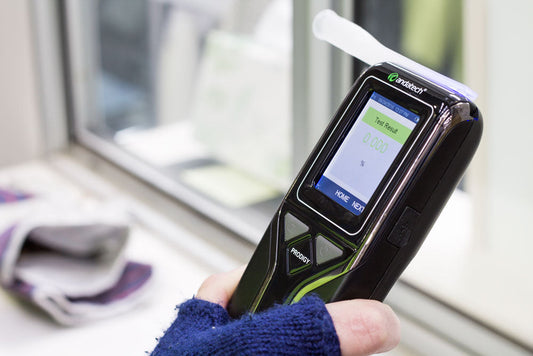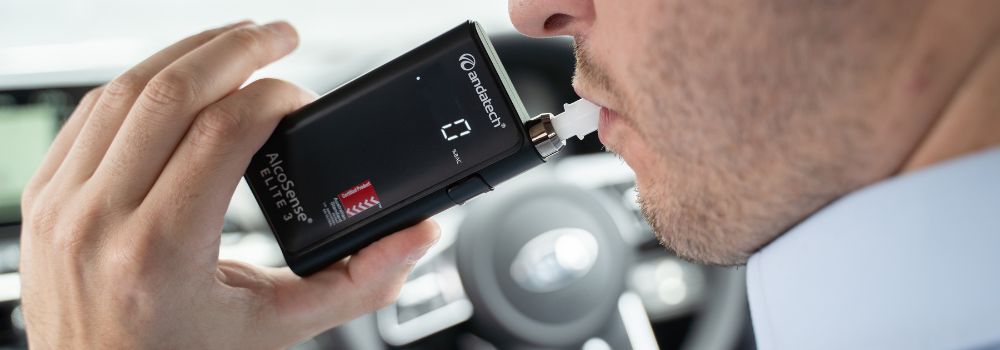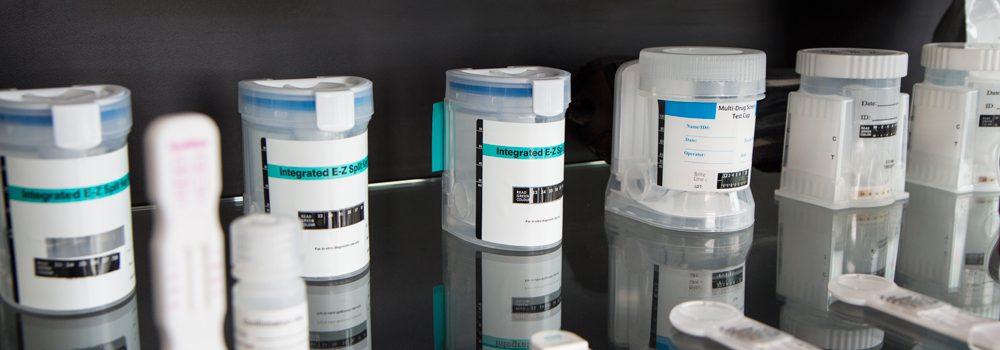Most employers know how dangerous it is to have intoxicated workers on-site. But what about the day after? Even when someone’s Blood Alcohol Concentration (BAC) is back to 0.00%, they may still be impaired — and that’s a risk many workplaces overlook.
In safety-sensitive environments like construction, mining, aviation, and logistics, next-day alcohol impairment could be the silent cause of costly mistakes, near-misses, or even serious incidents. Here’s what employers need to know.
Understanding next-day alcohol impairment
Next-day alcohol impairment, also known as residual impairment, refers to the lingering effects of alcohol after the intoxicating effects have worn off. This can include:
- Headaches and nausea (typical hangover symptoms)
- Fatigue or disrupted sleep
- Poor concentration and mental fog
- Slower reaction times and dulled cognitive function
Research shows that even up to 24 hours after drinking, individuals can still experience impaired coordination, focus, and judgement — especially after heavy or binge drinking.
A 2020 study in the Journal of Clinical Medicine found that a hangover can result in reduced productivity as individuals may be more likely to call in sick for work or study, or work at a reduced level of productivity.
Employees with an alcohol hangover reported having significantly more conflicts with supervisors and co‐workers, feeling miserable, or falling asleep on the job.
Why zero BAC isn’t the whole story
A breathalyser may confirm a BAC of 0.00%, but that doesn’t necessarily mean an employee is fit for duty. Many people can look and sound “fine” while still being affected in ways that could impact safety and productivity.
Common symptoms of residual impairment include:
- Poor decision-making
- Irritability or mood swings
- Lack of focus and memory lapses
- Delayed response times
In safety-critical roles, these symptoms can be dangerous. Picture a forklift operator misjudging a turn, or a technician skipping a crucial step in machinery checks. These aren’t signs of intoxication — they’re signs of impaired performance.
Employer responsibilities and risks
Employers have a duty of care to provide a safe working environment. That responsibility doesn’t stop when someone’s BAC hits zero.
If an incident occurs due to next-day impairment, it could expose your business to:
- Legal liability under workplace health and safety laws
- Reputational damage, especially if alcohol consumption is found to be a factor
- Higher insurance premiums and operational costs
It’s also a cultural issue. If the workplace equates “passing a breath test” with “fit to work,” it could discourage more meaningful conversations about wellness, fatigue, and alcohol use.
How to manage next-day impairment at work
A more holistic alcohol safety strategy should include:
- Fatigue and wellness check-ins at the start of shifts
- Manager training to recognise subtle signs of impairment
- Post-event briefings to remind staff about risks after celebrations or long weekends
- Supportive culture that encourages workers to speak up or ask for help when not feeling 100%
Prevention isn’t just about enforcement — it’s about education, transparency, and creating a culture of responsibility.

Tools that can help
Breathalysers are a key tool in alcohol safety, helping confirm if someone is under the influence. But they shouldn’t be the only line of defence.
✅ Use Andatech breathalysers — including workplace-ready models like the Prodigy S — for regular screening and peace of mind.
✅ Pair testing with practical workplace policies that acknowledge and address next-day impairment, not just intoxication.
Breathalysers can’t detect hangovers
A 0.00% BAC reading doesn’t always tell the full story. Breathalysers are designed to detect alcohol in the body — not the lingering effects of a hangover.
Fatigue, brain fog, poor coordination, and slow reaction times are all symptoms of residual alcohol impairment — but they won’t show up on a breath test. That’s why relying solely on BAC as a measure of fitness for work can leave critical risks unaddressed.
To create a truly safe work environment, employers need to look beyond alcohol readings and take a broader view of wellbeing. Recognising the limitations of breath testing is the first step toward a more holistic, responsible, and effective workplace alcohol policy.
READ MORE: How to implement drug and alcohol testing in Malaysian workplaces
Disclaimer: The information provided in this article is for general reference only. Please seek advice from professionals according to your business’s needs.
Written by Andatech Malaysia









